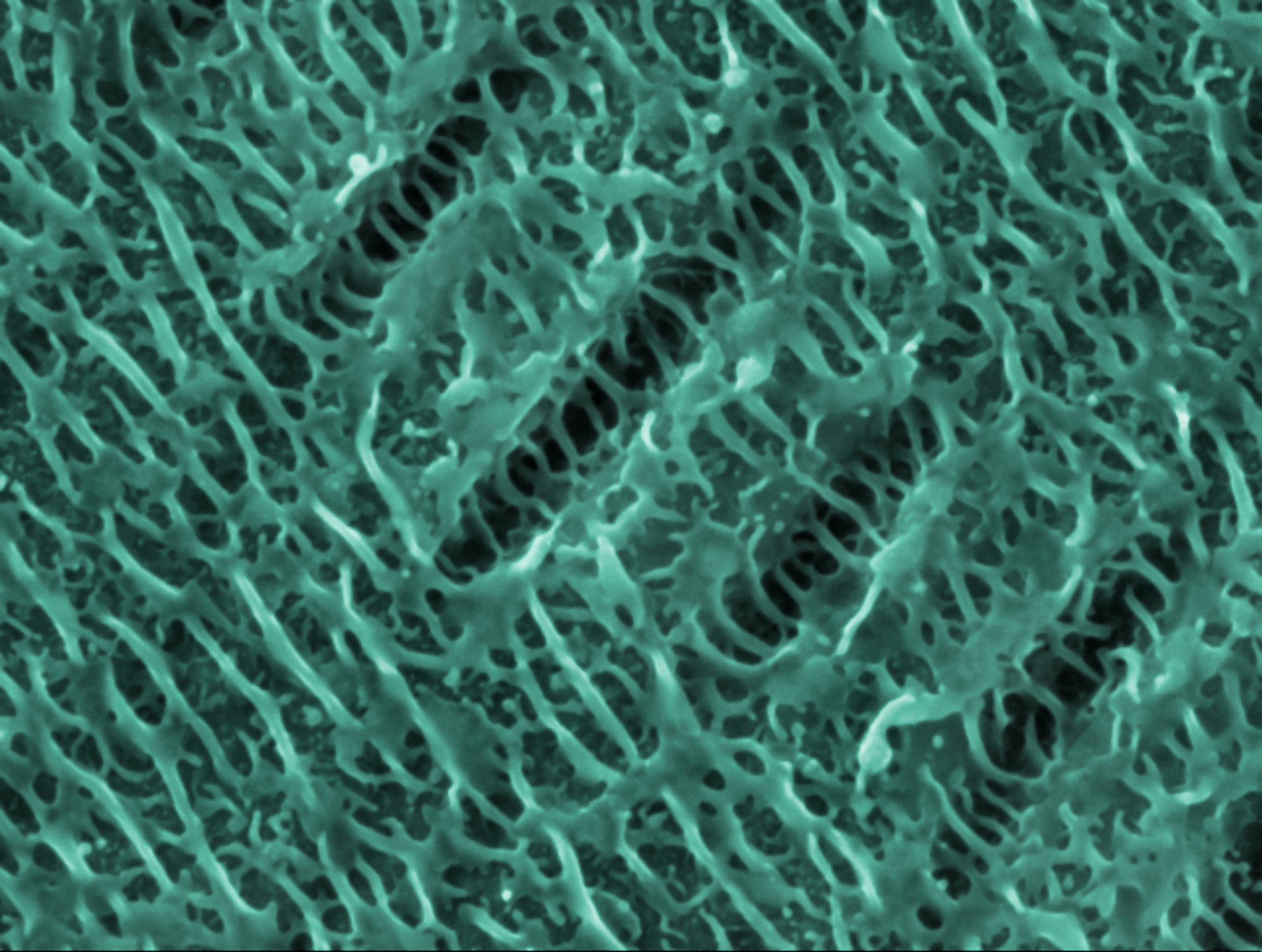Revolutionizing Sepsis Treatment with Innovative Blood Cleansing Technology

Sepsis, a life-threatening condition caused by the body’s extreme response to infection, remains a critical challenge in modern medicine. Each year, millions of people are affected by sepsis, leading to high mortality rates and significant healthcare costs due to the lack of effective treatments.
The immune system’s overwhelming response can cause widespread inflammation, tissue damage, and multiple organ failure. Despite extensive research, no pharmacological treatments can adequately address sepsis, underscoring an urgent need for innovative solutions. This dire situation has prompted a team of researchers to develop a novel technology capable of removing inflammation-triggering agents from the blood, potentially revolutionising sepsis treatment.
A team of researchers has developed a groundbreaking technology designed to eliminate agents that trigger inflammation in extracorporeal blood. The team, headed by Professors Joo Hun Kang and Jinmyoung Joo from the Department of Biomedical Engineering at UNIST, collaborated with Professor Jae Hyuk Lee from Seoul National University Bundang Hospital. They foresee this innovation paving the way for sepsis treatment by showing remarkable therapeutic effects under conditions similar to those in real patients.
In their study, featured in Small Methods, the researchers introduced a clinically viable magnetic extracorporeal blood purification device. This device employs magnetic nanoparticles (MNPs) encased in nanovesicles derived from red blood cells (RBC-MNVs).
The innovative method leverages superparamagnetic nanoclusters (SPNCs) to swiftly and efficiently remove sepsis-causing pathogens and pathogen-related substances. Preclinical experiments demonstrated the clinical viability of this SPNC-based blood purification technique by treating lethally infected bacteremic model swine, which share similar physiological characteristics with humans.
"Our study highlights the significant reduction in pathogenic agents in both the blood and major organs, as well as amelioration of hemodynamic and haematological parameters, followed by the preservation and restoration of major organ functions," remarked Professor Kang. The researchers noted that the broad-spectrum removal of pathogens and inflammatory agents in the blood and major organs without prior diagnosis led to a groundbreaking therapeutic effect.
Sepsis is characterised by an abnormal systemic inflammatory response to infection. The immune system attacks the body’s tissues, leading to inflammation and potential organ damage. Despite this, no pharmacological treatments for sepsis have been effective until now.
In a prior study conducted in 2022, Professor Kang and his team developed a similar technology using scavenger MNPs encased in nanovesicles derived from blood cells (MNVs), which magnetically eliminate a wide range of pathogens in an extracorporeal circuit. However, the earlier technology faced technical limitations in clinical practice, such as difficulty purifying large volumes of extracorporeal blood due to a low magnetisation rate.
The research team conducted theoretical calculations to identify the size and distribution of MNPs necessary to purify adult patients' blood within an hour, determining the optimal values. Through a new hydrothermal synthesis method, they could create SPNCs with improved magnetisation rates and particle uniformity.
The team further confirmed the clinical utility of their SPNC-based blood purification method by treating lethally infected bacteremic model swine. Their extracorporeal device demonstrated the ability to swiftly capture and magnetically separate a broad spectrum of pathogens at high blood flow rates (>6 L h−1) in a swine sepsis model.
"The newly developed technology for synthesizing superparamagnetic nanoparticles will also offer advantages in safety evaluations by minimising side effects, ensuring no magnetic nanoparticles remain in the patient's blood," stated first author Sung Jin Park, along with researchers Suhyun Kim and In Won Park.
Professor Kang emphasised the future applications of this technology, saying, "We plan to certify and implement medical devices so that this technology can be used in the medical field. By developing a new concept of infectious disease treatment technology that can be used as a health security strategy to respond to new and mutated infectious disease outbreaks, we aim to remove various types of pathogens without prior diagnosis."
This innovation represents a significant advancement in sepsis treatment, providing a potential solution where traditional pharmacological treatments have failed. The combination of theoretical and practical breakthroughs ensures that this technology can be implemented effectively in clinical settings, ultimately improving patient outcomes in cases of severe infection and systemic inflammation. The ability to rapidly and effectively cleanse the blood of pathogens marks a crucial step forward in managing and treating sepsis, offering hope for better health security strategies in the future.
Author:
Kate Sivess-Symes
Content Producer and Writer





